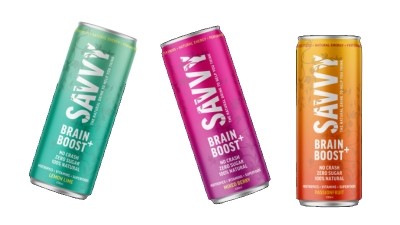Stricter and safer: China proposes new pre-packaged labelling standards mandating clearer ingredient and origin information

China has emerged as the latest Asian market to embark on a revamp of regulations governing pre-packaged food and beverage labels, after other recent examples including Vietnam, Philippines and Thailand – following a trend of regulatory updates that FoodNavigator-Asia previously predicted would come strongly into play this year.
“The National Food Safety Standards Review Committee Secretariat has drafted [a set of new food safety standards] concerning regulations for the labelling of pre-packaged foods in China,” the local National Health Commission (NHC) stated via a formal statement.
“This is in line with the local Food Safety Law, and we are currently soliciting public comment for this draft – all members of the food industry and the public can login to the National Food Safety Standards Management Information System online to submit feedback before February 29 2024.”
The National Food Safety Standards Management Information System can be accessed here [Link in Chinese].
Among the crucial updates in the new draft regulations have included a much stricter outlook on the naming of ingredients as well as the country of origin.
“All food and beverage firms that use compound ingredients must now [break these down] on the label and display each individual original ingredient separately in the ingredients list,” the draft regulations stated.
“Combinations of ingredients will no longer be allowed as [the final item] in the ingredients list in order to better ensure consumers are properly informed and also to facilitate supervision.”
One example would be that of the combined ingredient date paste, essentially a combination of dates, sugar and other additives.
“Under the new regulations, the compound ingredient as a whole will must now be clearly named within the ingredients list, followed by the individual components that make up this item labelled in descending order according to proportion in parentheses,” it added.
“The exception is if the compound ingredient in question makes up less than 25% of the final product and also have national, industry or local standards governing it – in this case, the individual ingredients do not need to be labelled.”
Previously, manufacturers were only mandated to break down the individual ingredients and could integrate these as part of the overall ingredients list.
“In addition, if the pre-packaged food products have been filled or repacked in a country or region different from the country of origin, the place where filling or repacking also needs to be indicated on the label,” stated the draft.
“At the same time, the actual country of origin or source of the raw materials or ingredients should also be indicated.”
For example, black pepper that is produced in Indonesia but packaged in Malaysia then imported to China will need to declare both Indonesia (as the country of origin) and Malaysia (as the country of packaging). The country of origin should be the one that ‘finally completes substantial changes’ to the product.
Other highlights
Besides these, the draft regulations also removed the need for certain date indications as well as highlighted the potential use of digital labelling to include more detailed information
“All production dates and shelf life of pre-packaged foods should be clearly marked in the order of year, month and day [and] if this is marked as ‘see a certain part of the packaging’, this specific part needs to be indicated,” it said.
“If the product has a shelf life of one year or more, the production date no longer needs to be stated [but will still have the expiry date] - all characters of the dates must be at least 3mm in size.
“Food firms also have the option of using digital labelling [to include more information] – these must also comply with national standards and must be provided in an easily accessible format to encourage accessibility via multiple methods.
“[Notably], the information should be displayed directly on the first-level page after scanning the code, and should not have any interfering elements that affect normal reading [such as pop-up advertisements].
“When using digital labels, it should be clearly stated on the food label that the relevant information can be found on the digital label.”



















